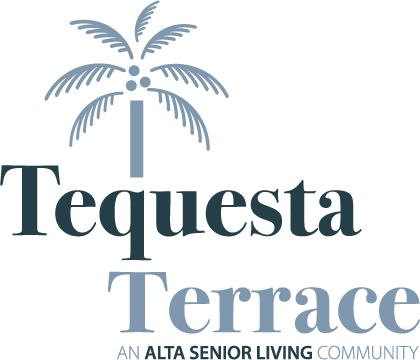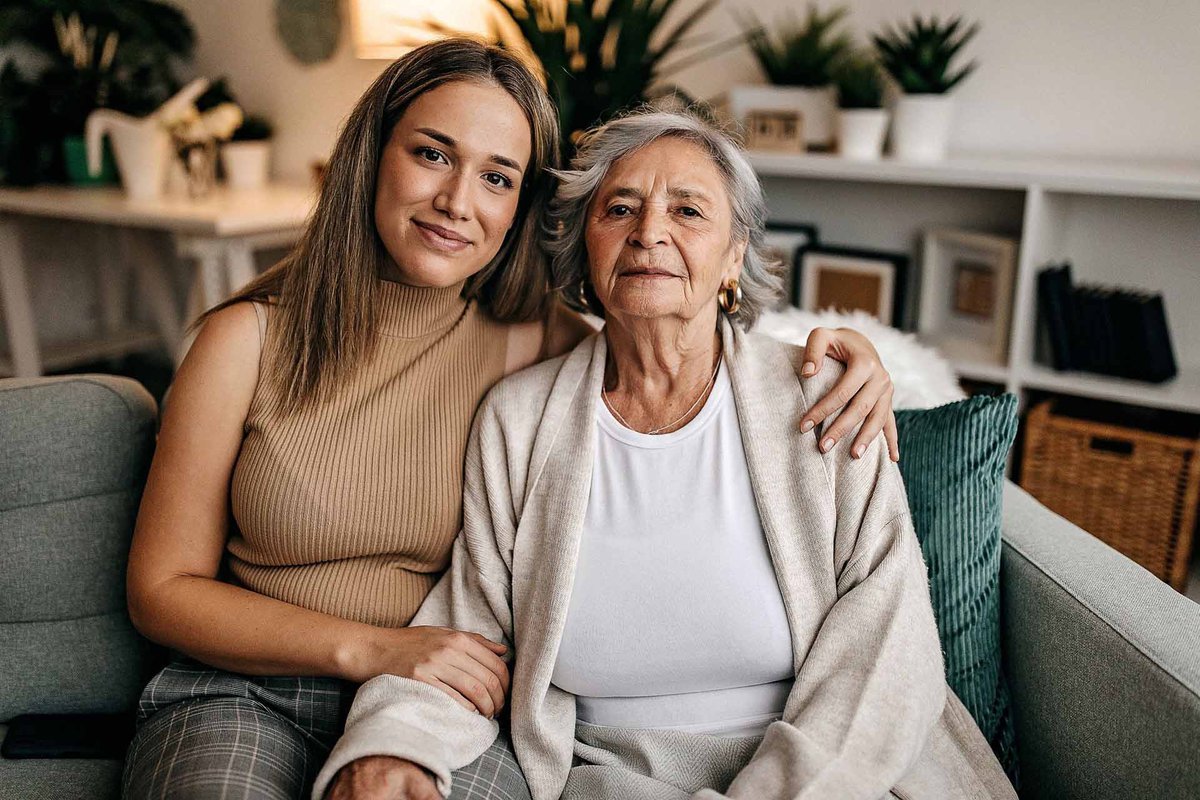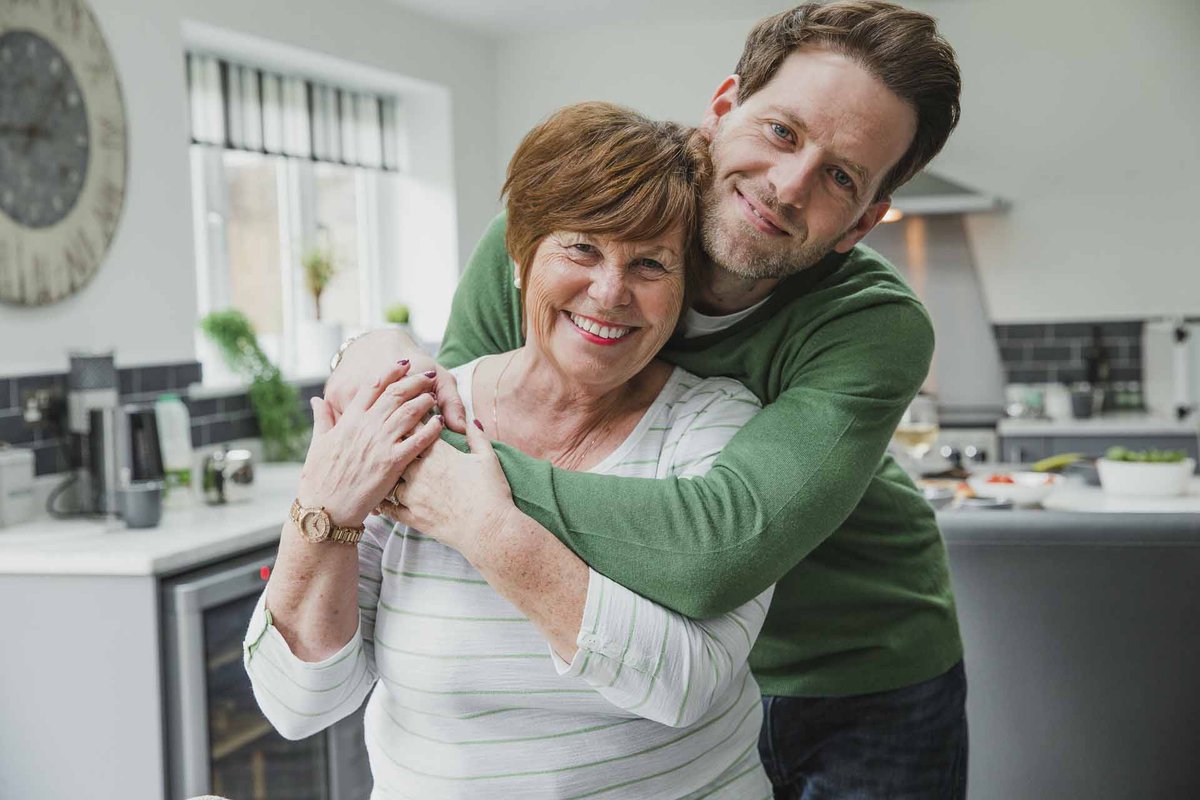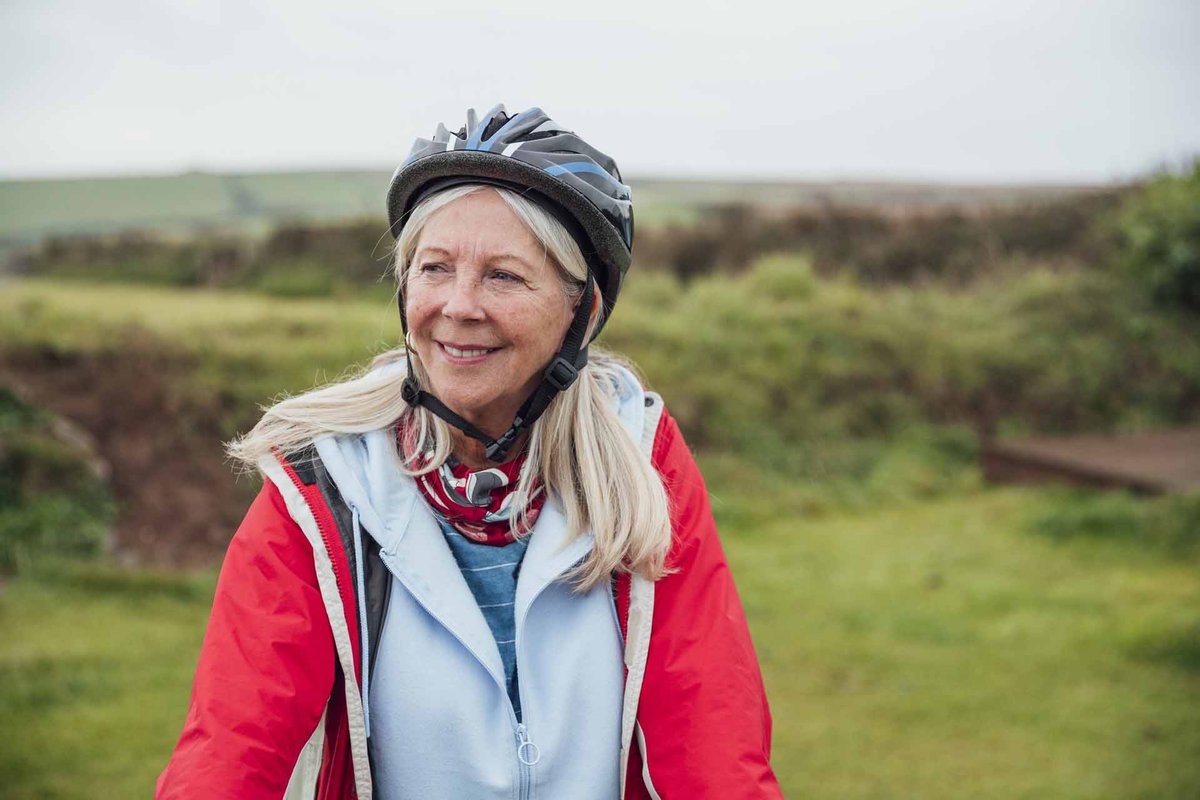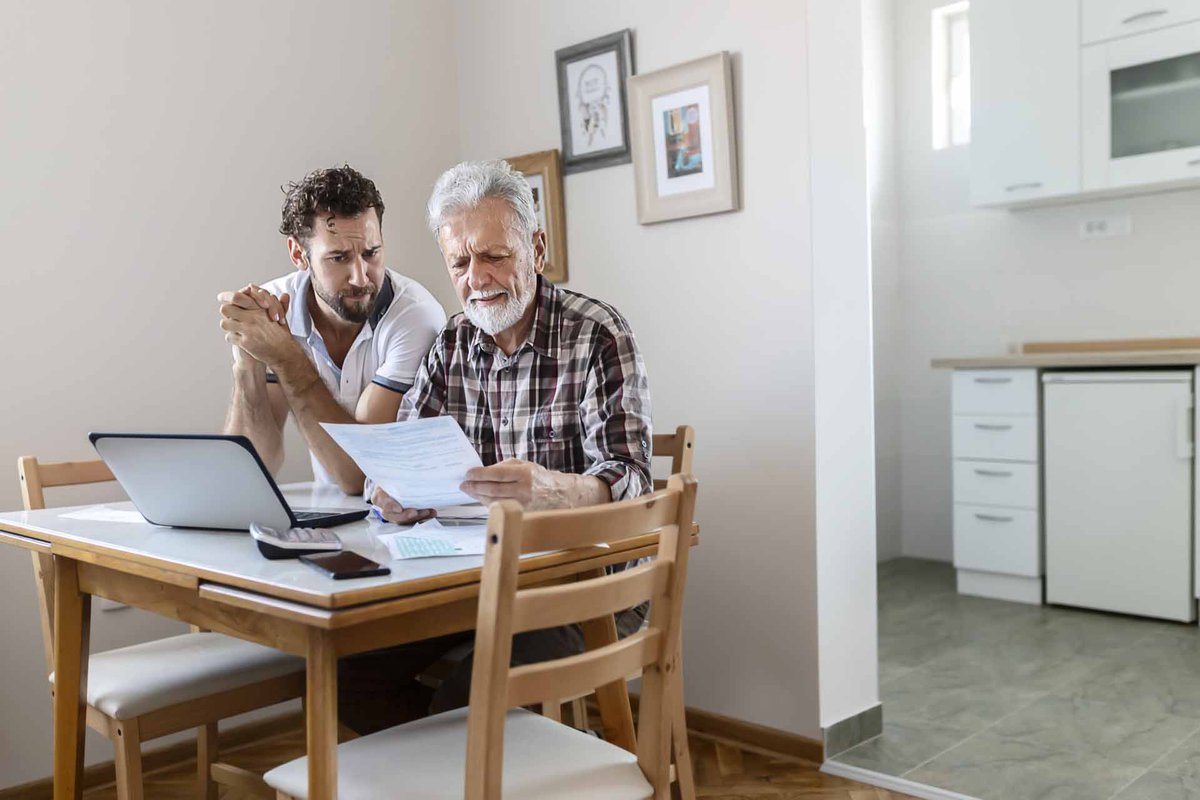As we age, our bodies and minds undergo significant changes, making fitness and physical activity more crucial than ever. Senior fitness is not just about maintaining physical health; it’s a key factor in enhancing the quality of life during the golden years. Understanding the intricate relationship between aging and exercise helps us appreciate the profound benefits of staying active in our later years.
Understanding the Aging Process and Its Impact on Physical Activity
Aging naturally brings about transformations in muscle mass, bone density, and metabolism. These changes can affect our strength, endurance, and overall physical capabilities. However, it’s not just the physical aspects that evolve; aging also impacts our mental and emotional well-being. Regular physical activity plays a vital role in navigating these changes, helping seniors maintain independence and vitality.
The psychological effects of aging, such as memory changes and shifts in emotional health, are also important considerations. Incorporating regular exercise can be a cornerstone in managing these mental shifts, providing a sense of accomplishment and improved cognitive function. Understanding these age-related changes empowers seniors to adapt their fitness routines to meet their evolving needs.
The Benefits of Staying Active for Seniors
Regular physical activity for seniors offers a myriad of health benefits. It’s instrumental in improving cardiovascular health, aiding in the management of hypertension, and reducing the risk of heart-related issues. Additionally, exercises focused on strength and flexibility play a crucial role in combating the loss of muscle mass and bone density, common in the elderly.
Furthermore, staying active can be a key strategy in managing chronic conditions prevalent among seniors, such as diabetes and arthritis. By incorporating suitable exercises, seniors can alleviate symptoms and improve their overall health. This proactive approach to health not only maintains physical well-being but also boosts confidence and independence in daily activities.
Mental and Emotional Health Benefits
The impact of physical activity extends beyond the physical; it’s a powerful tool for enhancing mental health. Regular exercise has been shown to improve mood, reduce feelings of depression, and alleviate anxiety. It’s particularly beneficial for seniors, as it fosters a sense of accomplishment and boosts self-esteem.
Moreover, physical activity plays a crucial role in memory care. It stimulates cognitive functions and can help in slowing down the progression of memory-related conditions. The social aspects of group exercises or walking clubs also contribute to emotional well-being, combating feelings of loneliness and isolation that are often encountered in senior years.
Physical Limitations and Safety Concerns
One of the major challenges faced by seniors when it comes to exercising is overcoming physical limitations. Conditions like arthritis and balance issues can make traditional exercises seem daunting. However, with proper guidance and tailored exercise plans, these barriers can be navigated safely. Emphasizing low-impact exercises and incorporating assistive devices can enable seniors to stay active without risking injury.
Safety is paramount, especially for seniors who might be considering transitioning to assisted living where specialized exercise programs are available. Consulting with healthcare professionals and fitness experts can ensure that each exercise routine is suited to individual capabilities and health conditions. This personalized approach not only ensures safety but also maximizes the benefits of physical activity.
Motivational and Social Barriers
Another hurdle in maintaining an active lifestyle in senior years is finding the motivation and social support to stay engaged. For many seniors, the prospect of starting an exercise routine can be overwhelming, particularly if they’re used to a more sedentary lifestyle. Setting realistic goals and gradually increasing the intensity of workouts can help in building a sustainable exercise habit.
Social support is also a key factor in maintaining an exercise routine. Participating in group classes or joining fitness clubs can provide the necessary encouragement and motivation. Moreover, these social interactions can be incredibly fulfilling, adding a fun and enjoyable aspect to staying active. For seniors living alone or in communities, such as those offering respite care, these social connections can be particularly beneficial.
Practical Exercise Guidelines for Seniors
Navigating the world of fitness as a senior can be simplified by focusing on four key types of exercises: aerobic, strength training, flexibility, and balance. Aerobic activities, like brisk walking or swimming, are great for cardiovascular health. Strength training, using light weights or resistance bands, helps maintain muscle mass and bone density. Flexibility exercises, such as stretching and yoga, improve mobility and reduce the risk of injury. Lastly, balance exercises, which can be as simple as standing on one foot or tai chi, are crucial in preventing falls.
Creating a Balanced Exercise Routine
Crafting a balanced exercise routine is essential for reaping the full benefits of physical activity. A mix of aerobic, strength, flexibility, and balance exercises ensures a comprehensive approach to fitness. It’s important for seniors to listen to their bodies and adjust the intensity and duration of exercises accordingly. Consulting with healthcare providers or fitness professionals can provide guidance on creating a routine that’s both effective and safe, tailored to individual health conditions and capabilities.
Real-Life Success Stories and Inspirational Examples
The power of staying active in later years is best illustrated through real-life examples. From seniors who have taken up swimming to improve their joint health, to those who have found a new passion in dance classes, the stories are endless and inspiring. These individuals not only enjoy better physical health but also a renewed sense of purpose and joy in their daily lives.
Embracing an Active Lifestyle for a Brighter Future
The journey towards maintaining an active lifestyle in senior years is not just about adding years to life, but more importantly, adding life to years. The benefits of physical activity permeate every aspect of health and well-being, making it an indispensable part of aging gracefully. By overcoming barriers, embracing suitable exercises, and drawing inspiration from others, seniors can embark on this rewarding journey.
Every step taken towards fitness, no matter how small, is a step towards a healthier, more vibrant life. The journey of a thousand miles begins with a single step, and the path to senior fitness is no different. It’s never too late to start, and the rewards are limitless.
With the right approach, staying active can transform the golden years into some of the best years, full of vitality, joy, and wellness. So, let’s lace up those walking shoes, stretch out those muscles, and embrace the journey of senior fitness with enthusiasm and determination.
About Tequesta Terrace
At Tequesta Terrace, located in the scenic Village of Tequesta, Florida, we proudly offer top-tier assisted living and memory care services. Our community, set in a luxurious, boutique environment, is dedicated to providing residents with a vibrant lifestyle that combines privacy, comfort, and engaging activities. Our team of caring professionals is always available to assist with any need, ensuring peace of mind for both residents and their families. At Tequesta Terrace, we go beyond the expected, setting a high standard in senior living and wellness, all in the charming ambiance of “Old Florida.”
